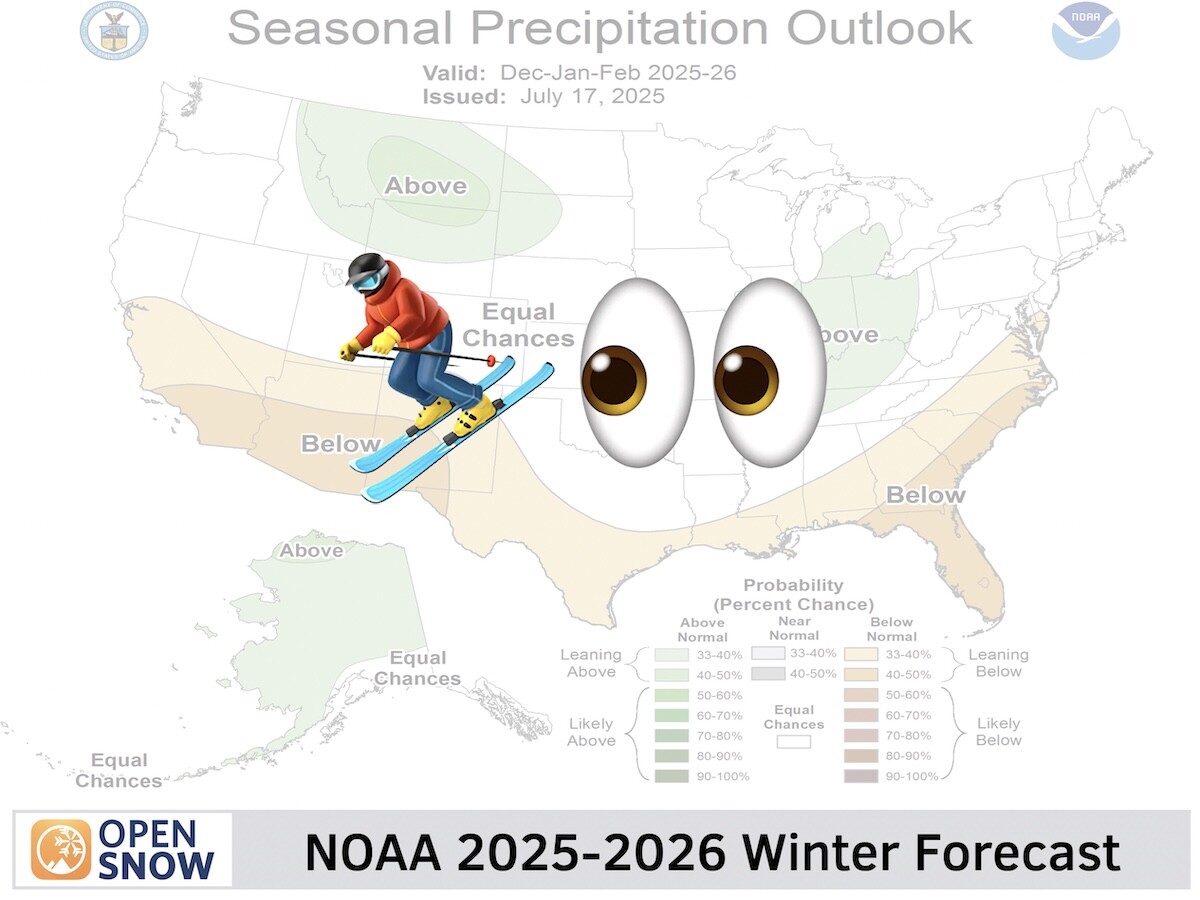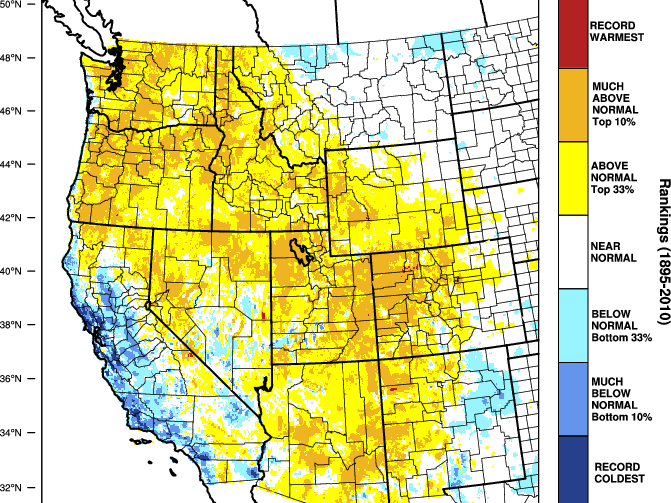News

By Alan Smith, Meteorologist Updated 1 year ago June 25, 2024
Why Peak Summer Heat Occurs After the Summer Solstice
North Americans just celebrated the Summer Solstice on June 20, 2024, which marked the longest day of the year for most locations.
Each year, the Summer Solstice occurs between June 20-22 when the sun is at its highest position in the sky. The opposite is true for the Southern Hemisphere, which experiences its Summer Solstice around December 20-22.

However, for most areas in the mid-latitudes (between 30º and 60º), the two hottest months of the season are still ahead of us in July and August even though the days will be getting shorter. Why is that?
Even though the days will start to gradually shorten after the Summer Solstice, the amount of solar radiation and heating is still intense enough to continue warming the earth's surface, lower atmosphere, and bodies of water.
This is similar to the daytime temperature lag that we typically see. Even though the sun angle is typically highest around noon, daytime high temperatures typically occur mid to late afternoon (as long as cloud cover is minimal) since the amount of solar radiation reaching the earth's surface remains strong.
The climatological peak in temperatures for most areas in the mid-latitudes of the Northern Hemisphere occurs during the last week of July – a little more than a month after the Summer Solstice.
As we head into August, the amount of solar radiation decreases enough that average temperatures are slightly lower compared to July in most places, but not by much.
By this time of year, the earth's surface has heated up enough that temperatures are slow to cool off from July's peak heat. Hence why August is the second hottest month on average in most locations. Solar radiation decreases more rapidly in September, and thus a more noticeable seasonal dip in temperatures occurs then.
Despite the general rule of thumb of late July being the climatological peak of summer heat, this does vary year to year depending on seasonal and weekly weather patterns.
Also, some locations see their climatological peak in summer temperatures occur earlier or later in the summer depending on other factors such as latitude, proximity to water, and local/seasonal cloud and precipitation patterns.
For example, Tucson, Arizona's peak summer heat typically occurs during the last week of June just after the Summer Solstice. This is because June is one of the driest and sunniest months of the year, whereas the North American Monsoon emerges in July and August, resulting in much more cloud cover and precipitation compared to June.
On the other end of the extreme, San Francisco does not see its warmest temperatures until mid-September! This is due to a highly localized climate feature, which favors frequent fog and cool onshore winds during early to mid-summer months. The fog becomes less common by late in the summer, resulting in more sunshine and thus warmer temperatures.
The seasonal lag in temperature also applies during the winter months. The Northern Hemisphere's Winter Solstice occurs between December 20-22, but for most areas, the coldest temperatures of the winter do not occur until January as solar radiation remains weak enough for the earth's surface to continue to cool.
Questions? Send an email to [email protected] and we'll respond within 24 hours. You can also visit our Support Center to view frequently asked questions and feature guides.
Alan Smith
About The Author




